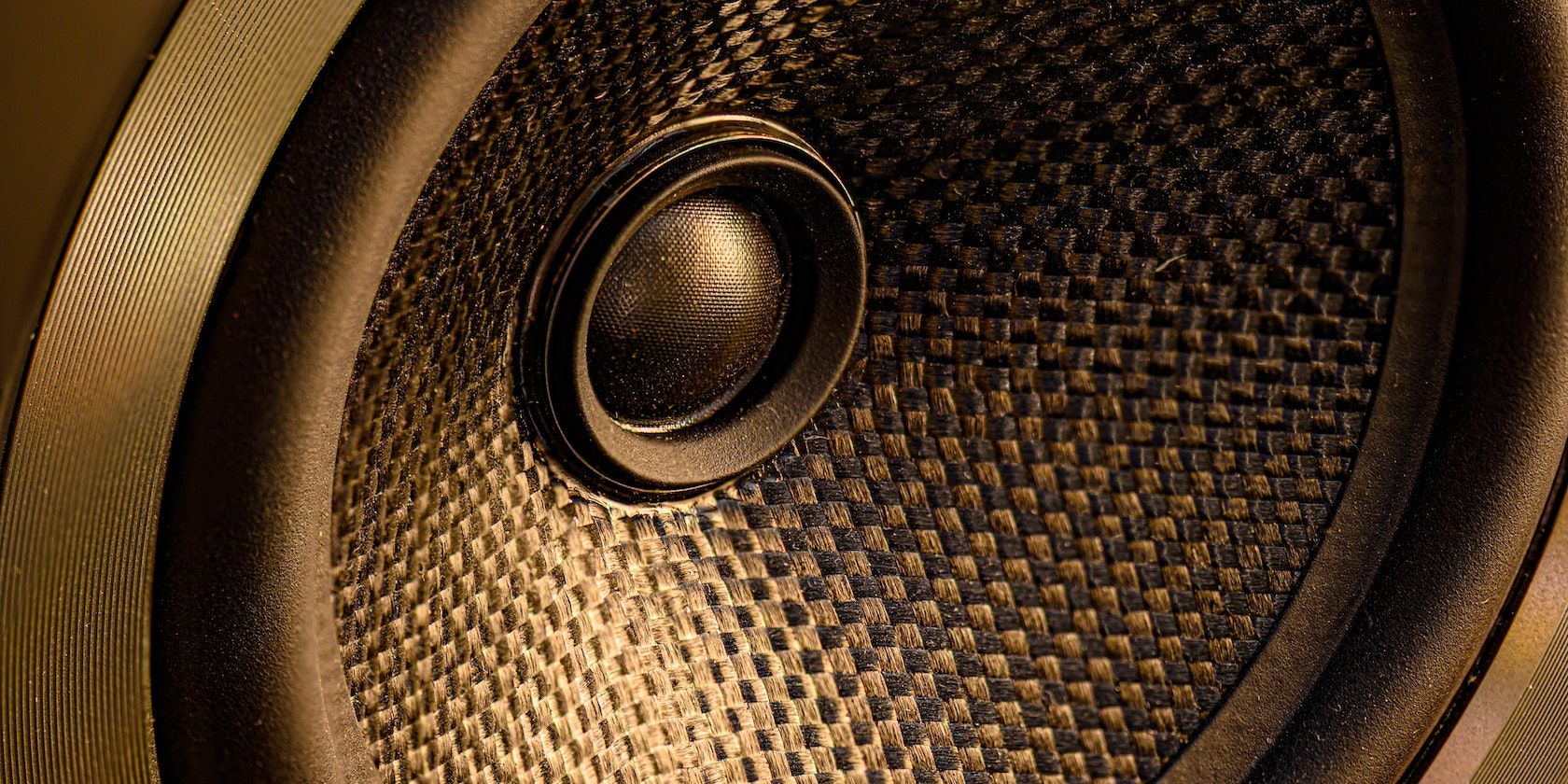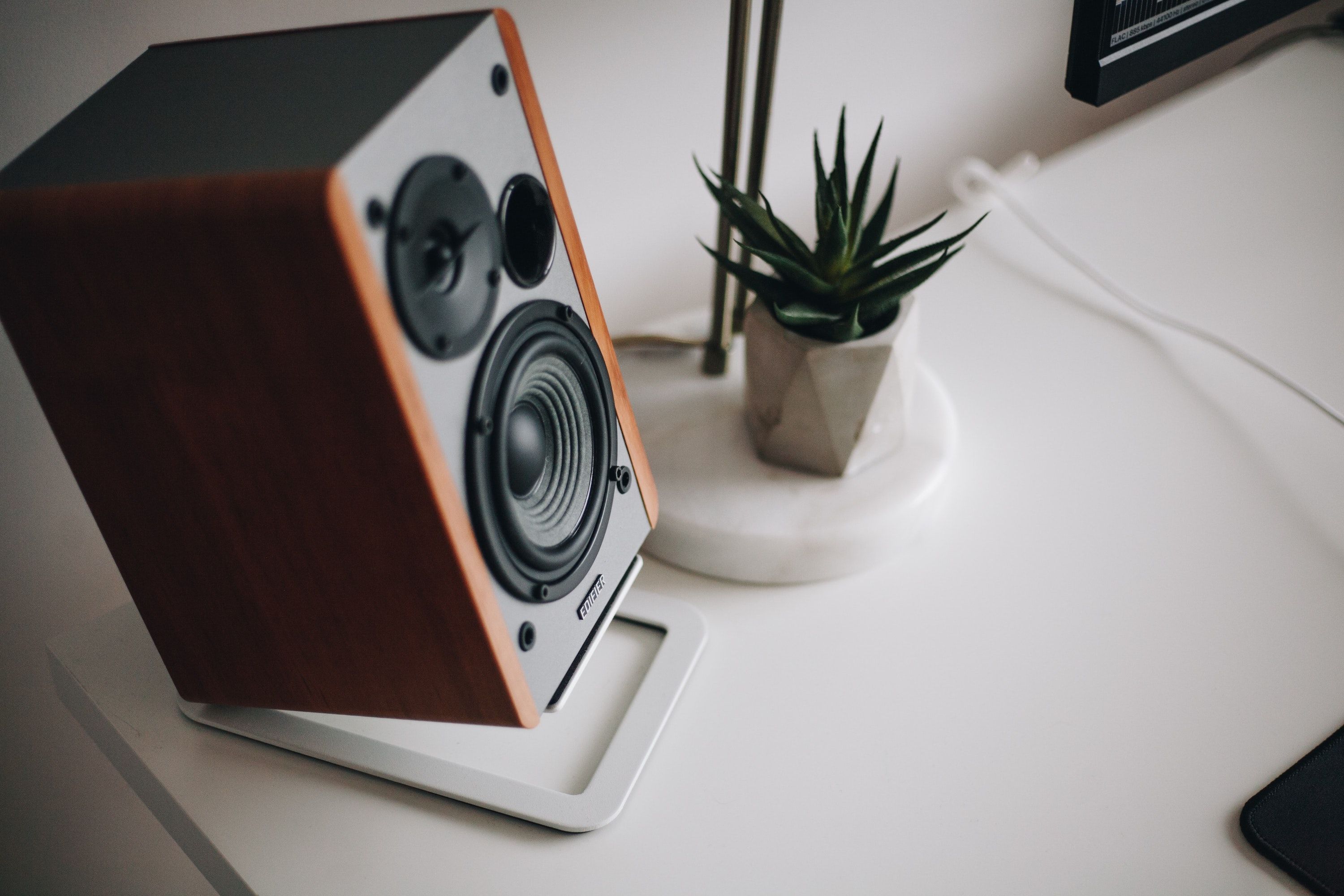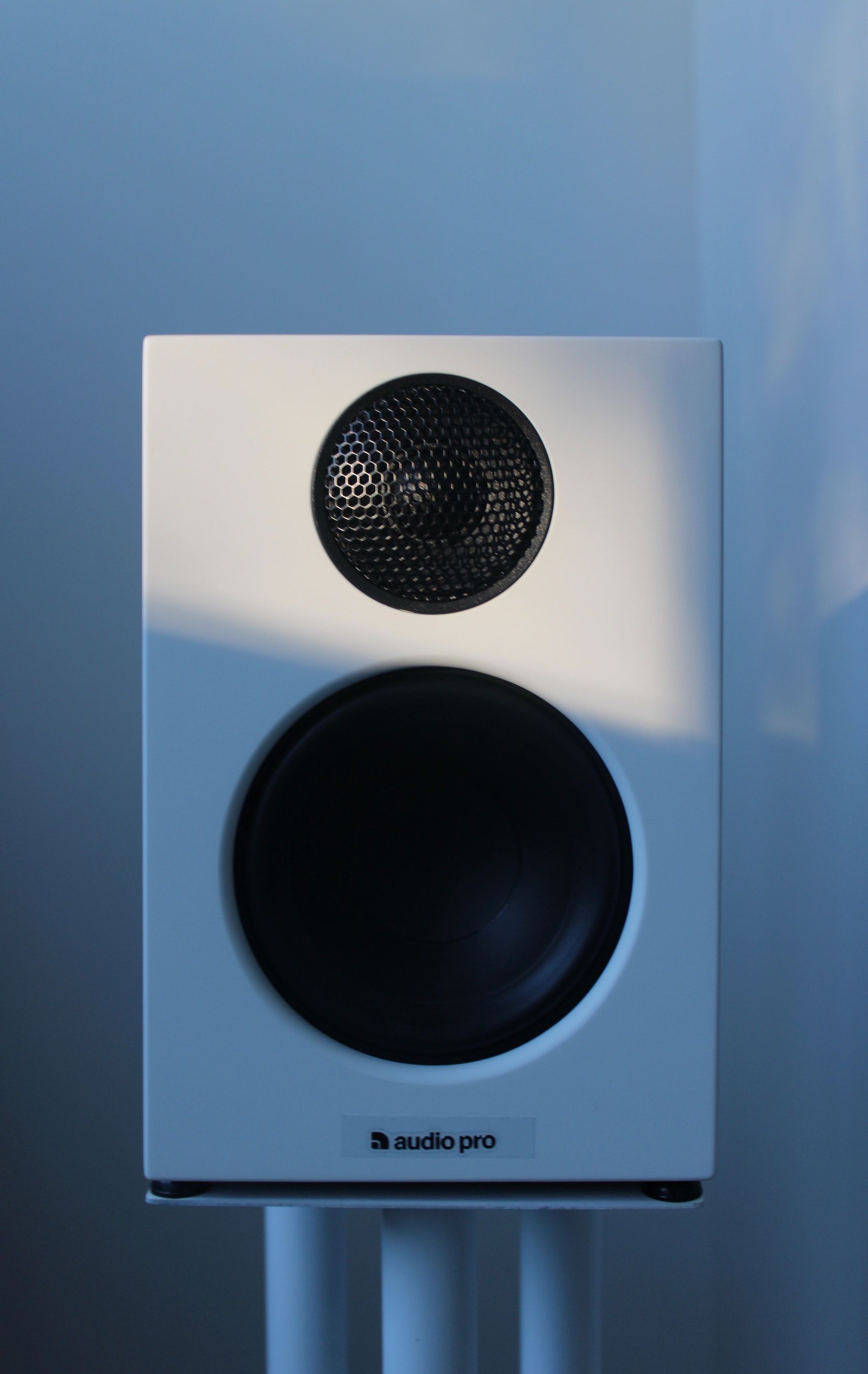For home audio or even professional applications, placing and supporting your speakers is a key consideration for how the speakers will end up sounding.
There are two main types of stands to serve this purpose—desk stands and floor stands—both of which have different physical and audible effects on your pair of speakers. In this article, we'll talk more about these two types of speaker stands, diving into their purposes and uses and hopefully giving you a better idea of which one might suit you.
What Are Desk and Floor Speaker Stands?
Using a speaker stand can really maximize the potential of your home setup, and elevating them using stands can help you to find the sweet spot that'll reduce echo or reflections. Many people make the mistake of placing speakers straight onto their desk, where the vibrations from the speakers will either cause distortion of audio or prevent you from hearing your speakers in all their high fidelity.
Desktop stands are our first point of conversation and are designed to prop up and isolate small monitors on a desk, tabletop, or even cupboard shelf. Generally, they're quite compact and cheaper than their floor counterparts, but still with many of the sound isolation qualities that come with stands.
As the name implies, floor stands are used to position your speakers in an elevated position above your floor, most of the time with a form of metal pole or elevation platform. These stands are more expensive and definitely take up much more room. However, they improve on desk stands by completely lifting speakers away from vibrating materials, isolating your sound well.
Both desk and floor stands come in various shapes and sizes, from a desk stand's cube-like structure or clamp-on style stand to tripod or raised platform style structures for floor stands. All these come with different levels of acoustic treatment and can shape or change your sound quite drastically.
Is a Desk Stand Good For Audio?
As we touched on, desk stands are far more suited to smaller studios with limited floor space. However, the caveat to that is that you will still need a bigger desktop surface to get the stands to sit far enough back to ensure that you get the full capability of your monitors. You could potentially trade a large desk and desk stands for a small desk and floor stands, but it ultimately does depend on the type of space you're trying to cater to.
Most desk stands will have a sturdy build, and will almost certainly reduce reflections or distortion and improve audio quality, especially in the low and mid-range frequency bands. Desk stands can also hold a pretty hefty weight most of the time, so the actual inch-sizing of your speakers won't matter unless they are utter behemoths. The minimal aesthetic of most desk stands could also appeal to you and will take up less visual space than floor stands.
The type of monitor or speaker you're dealing with is also important. If you've got nearfield monitors, desk stands would be better because you can isolate these types of speakers easily, and these speakers are designed for close-range usage. On the other hand, if you've got midfield or a bigger stereo system, using desk stands might not work and won't utilize the design features properly. Ultimately, considering these things is often situational and depends on your needs and gear.
Considering Floor Stands
As an antithesis of desk stands, to a degree, floor stands are more suited to bigger spaces, are generally a bit more expensive, heavier, and can support more weight or larger speaker cabinets. The biggest upside of floor stands is that they provide superior decoupling of sound than desk stands. By placing your speakers on a floating platform, they won't be reflecting off your desk and will have far fewer reflections off other objects in your space. This almost always means better sound quality.
Visually, they can still look quite nice, with some camera-style tripod formations and sleek black metal platforms available. They're also much more heavy set and capable of taking quite a beating, so if you find you're in a studio that's constantly in flux, these could be right for you. The way cables will hang off these floor stands might be another consideration as well. Instead of cords still being on your desk, they will tend to hang off while attaching to things like your audio interface or computer from your stands.
Desk Stand vs. Floor Stand: Final Verdict
Unfortunately, while we'd love to give a clear-cut answer, the answer to the question of desk versus floor stands is anything but clear-cut! It really does come down to your individual situation, your space, and your equipment. If you're a bedroom producer with a tight budget, desk stands will probably be the answer, while for larger studios floor stands will do the trick. One thing we can say, however, is that investing in a pair of stands is an excellent idea if you want to optimize the sound of your speakers and make the most of your setup.



